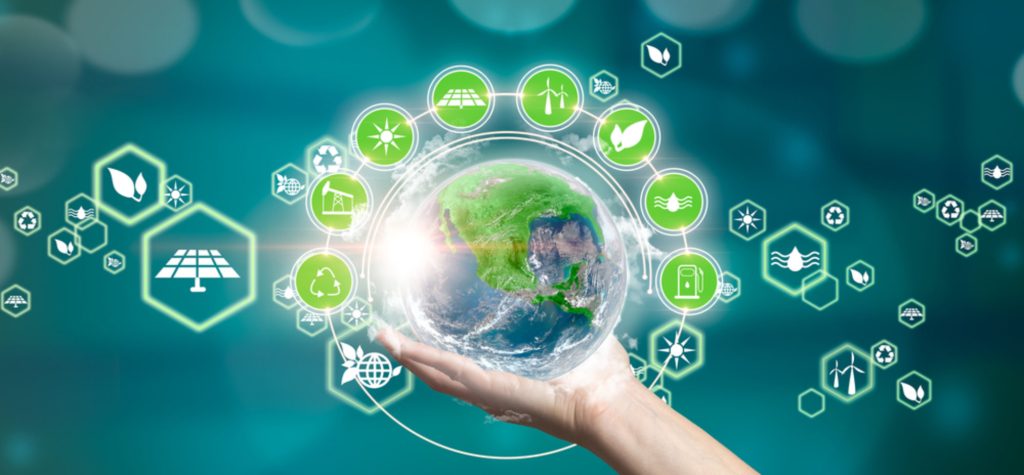Introduction:
In a world where environmental concerns are at the forefront, a transformative shift is underway, heralding the emergence of new life, new packaging, and a commitment to reducing wastage. As we navigate the challenges posed by climate change and environmental degradation, it becomes increasingly imperative to reevaluate our packaging practices and embrace innovative solutions that preserve our planet and pave the way for a healthier future. This article delves into the evolution of packaging, the importance of reducing wastage, and the role of sustainable choices in shaping the world we pass on to the next generation.
The Environmental Toll of Traditional Packaging:
1. Plastic Predicament:
Traditional packaging, particularly single-use plastics, has been a significant contributor to environmental degradation. Plastics, derived from fossil fuels, take centuries to decompose, leading to persistent pollution in oceans, landfills, and ecosystems. The alarming rise in plastic waste has underscored the urgent need for alternatives that are both functional and eco-friendly.
2. Excessive Packaging Practices:
Beyond plastics, the excessive use of packaging materials contributes to wastage and environmental strain. Overpackaging, often driven by marketing and convenience, results in unnecessary waste. Consumers are increasingly demanding transparency and responsible practices from brands, encouraging a paradigm shift toward more sustainable packaging solutions.
New Life: Innovations in Sustainable Packaging:
1. Biodegradable Materials:
A beacon of hope emerges in the form of biodegradable materials, offering a solution to the persistence of traditional plastics. Derived from natural sources such as cornstarch, sugarcane, or even mushrooms, biodegradable packaging breaks down more quickly, reducing the environmental impact. Companies are increasingly adopting these materials to create packaging that leaves a minimal footprint.
2. Edible Packaging:
Taking sustainability, a step further, edible packaging introduces an innovative and entirely eco-friendly approach. Using materials like seaweed or plant-based films, edible packaging not only eliminates waste but also adds an element of novelty to the consumer experience. Imagine enjoying a snack and then consuming its packaging, guilt-free.
3. Recyclable and Circular Economy Initiatives:
Embracing a circular economy model is gaining traction in the quest for sustainable packaging. Recyclable materials, when collected and processed efficiently, can be transformed into new packaging, minimizing the need for virgin materials. The development of closed-loop systems and increased recycling infrastructure are crucial steps toward creating a more circular and less wasteful economy.
Reducing Wastage: From Farm to Table:
1. Food Waste Reduction:
The journey towards sustainable living extends beyond packaging to the food we consume. A significant portion of food wastage occurs during production, distribution, and consumption. Innovative packaging solutions that extend the shelf life of perishable goods can help reduce food waste, ensuring that more of what is produced reaches consumers without spoilage.
2. Smart Packaging Technology:
The integration of smart packaging technology adds a futuristic dimension to waste reduction efforts. Smart packaging includes features such as time-temperature indicators, freshness sensors, and QR codes that provide consumers with real-time information about the condition of the product. This not only aids in preventing food spoilage but also empowers consumers to make informed choices, contributing to a reduction in wastage.
3. Efficient Supply Chain Practices:
Streamlining supply chain practices is a critical component of reducing wastage. From farm to table, optimizing transportation, storage, and distribution processes can minimize losses. The adoption of sustainable packaging materials plays a pivotal role in enhancing the efficiency of supply chains by preserving the quality and longevity of products.
Consumer Consciousness and Activism:
1. Educating the Consumer:
A key catalyst for change lies in consumer awareness and education. As consumers become more informed about the environmental impact of packaging choices, they wield the power to drive demand for sustainable alternatives. Brands that prioritize transparency and eco-friendly practices are likely to garner support from an increasingly environmentally conscious consumer base.
2. Consumer Activism and Advocacy:
The era of passive consumption is giving way to an age of consumer activism. Individuals and advocacy groups are using their collective voice to push for sustainable practices and hold companies accountable for their environmental impact. Social media platforms and online campaigns provide a powerful tool for consumers to amplify their concerns and drive positive change.
Conclusion: A Pledge for a Greener Future:
The journey toward a sustainable future, marked by new life, new packaging, and reduced wastage, is a collective endeavor that requires commitment from individuals, businesses, and governments alike. The innovations in sustainable packaging, coupled with efforts to reduce wastage throughout the supply chain, are steering us toward a greener tomorrow.
As we witness the evolution of packaging practices, the choices we make as consumers play a pivotal role in shaping the trajectory of environmental sustainability. Let us collectively embrace the responsibility to leave a planet that thrives with life, where the innovations of today pave the way for a healthier and more harmonious existence for generations to come. In the pursuit of a greener future, each decision we make contributes to the vitality and resilience of the Earth we call home.
